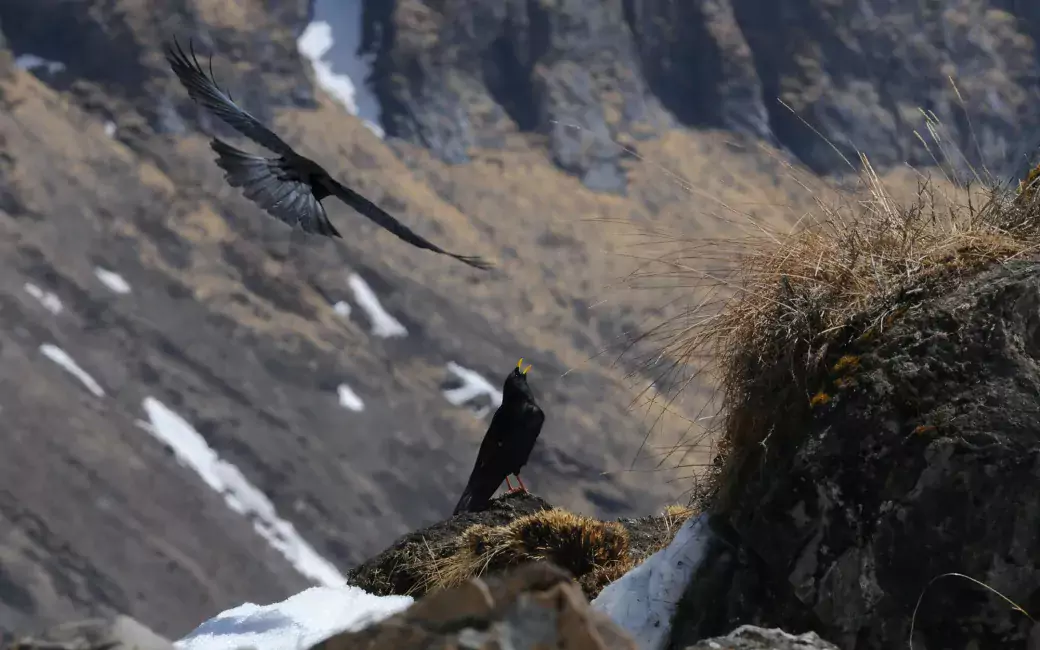A recent study shows that European bird communities have shifted northeastward in the past 30 years. These shifts are faced with obstacles such as mountain ranges and coastlines. Overall, bird communities are moving towards cooler areas but not fast enough to keep up with increasing temperatures.

Climate change has profound effects on ecosystems and on the compositions of species communities globally. However, until now biodiversity has not always responded to climate change in an expected manner, leaving many questions unanswered. In a recently published scientific study covering nearly all European bird species, researchers studied the effects of large-scale obstacles, such as mountain ranges and coastlines, on the climate change-driven shifts of bird communities during the past 30 years.
"Two-thirds of the bird communities moved to cooler areas during the past 30 years, shifting an average 100 kilometres, especially towards the north and east", explains PhD Emma-Liina Marjakangas, one of the study co-leaders from the University of Helsinki, Finland.
The shifts were clearly governed by large-scale obstacles. In particular, bird communities shifted greater distances when they were located further away from coastlines, indicating that coastlines operate as barriers stopping the communities from keeping up with climate change.
"Coastal communities are in particular danger of disappearing under climate change, as they often consist of rare and unique species", highlights PhD Laura Bosco, the other study co-leader from the University of Helsinki.
Overall, bird communities are shifting at a slower rate than the climate is warming. For some communities, this could mean that local climatic conditions become unsuitable for some species that are concurrently unable to move to better suited areas because obstacles are blocking the way. Such communities may be facing extinction. The study shows that even highly mobile species like birds can be hindered by barriers, such as mountains or coastlines, and thus be prevented from following rapid shifts in temperature.
"From a Finnish perspective, this could mean that species like the nuthatch, the middle spotted and green woodpeckers or the marsh tit are facing challenges in shifting from Sweden or the Baltics to cooler areas in Finland because the Baltic Sea acts as a barrier between the areas. When single species are blocked by barriers, the composition of the entire communities will be affected", Bosco describes.
The study is based on breeding bird atlases from the 1980s and 2010s covering the entire European continent, and it was published in the international journal Proceedings of the National Academy of Sciences.
Ecological barriers mediate spatiotemporal shifts of bird communities at a continental scale






